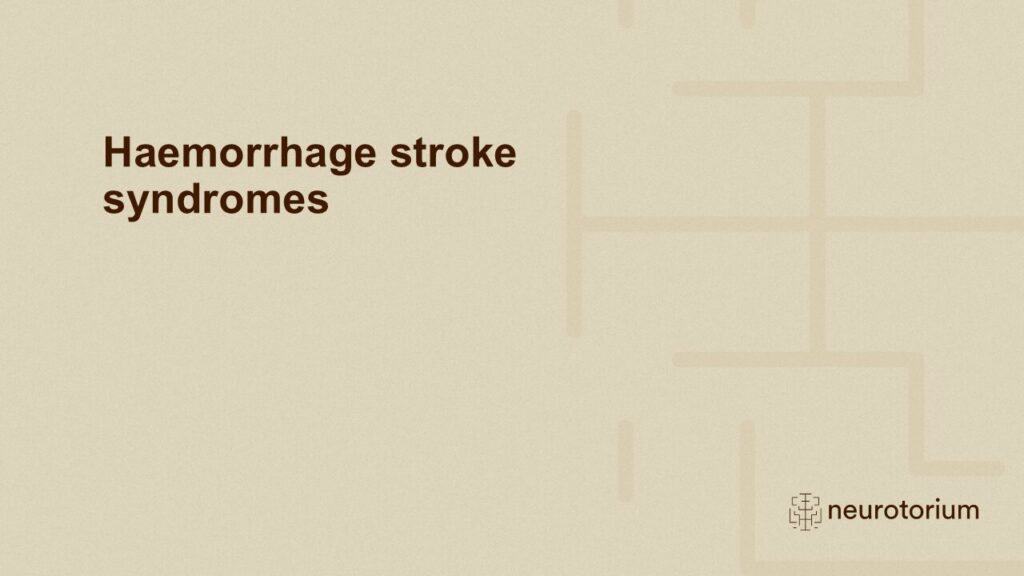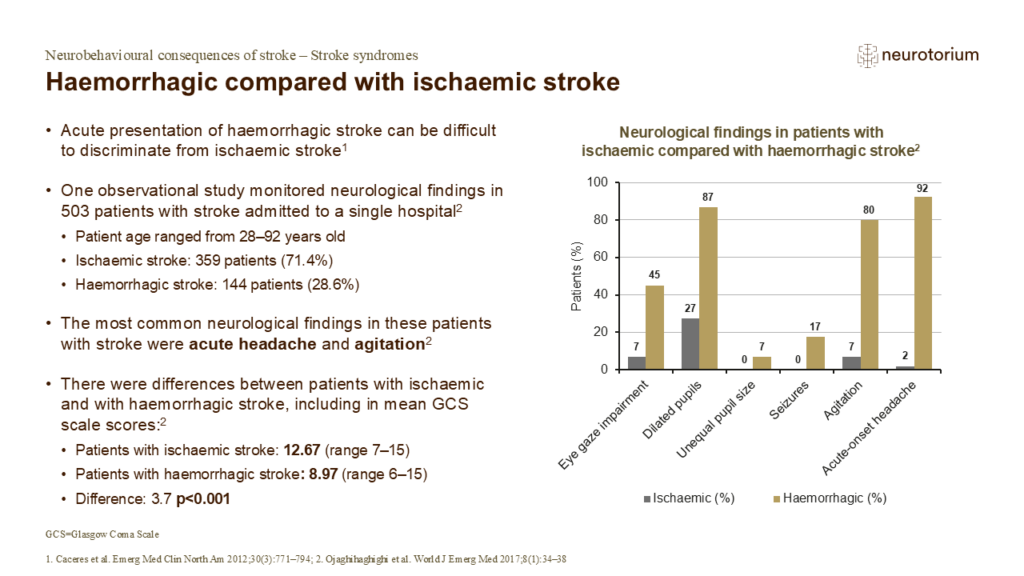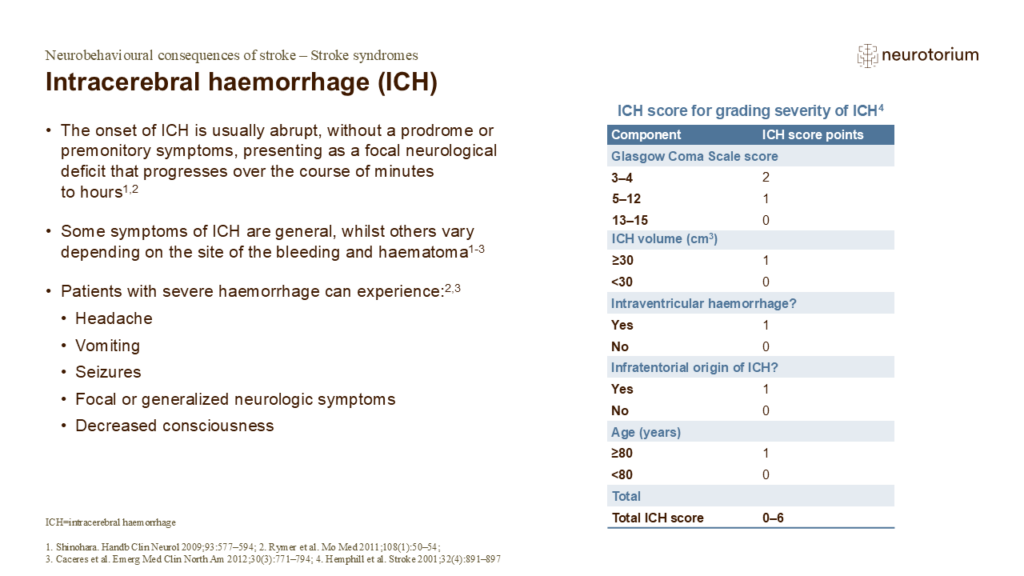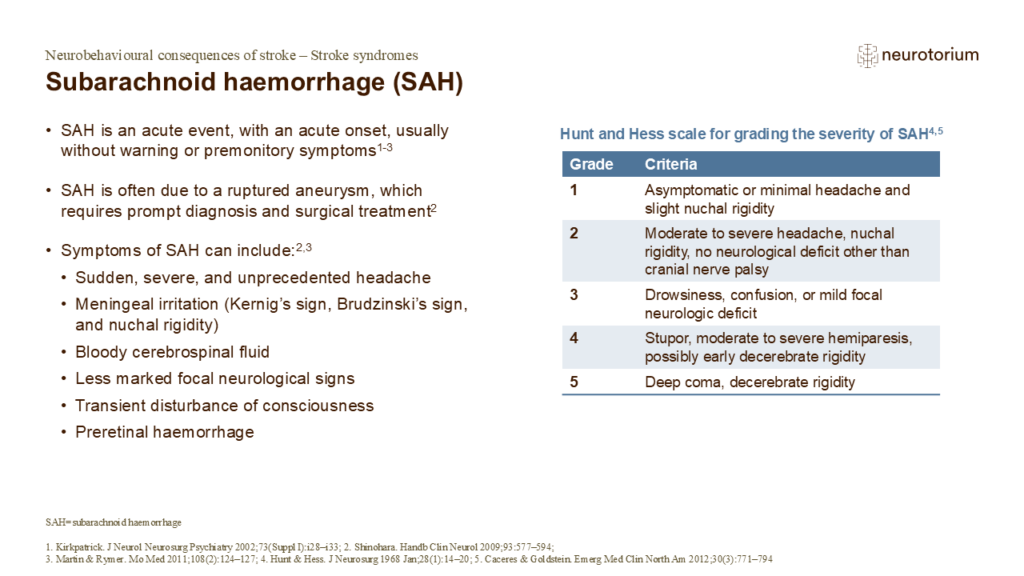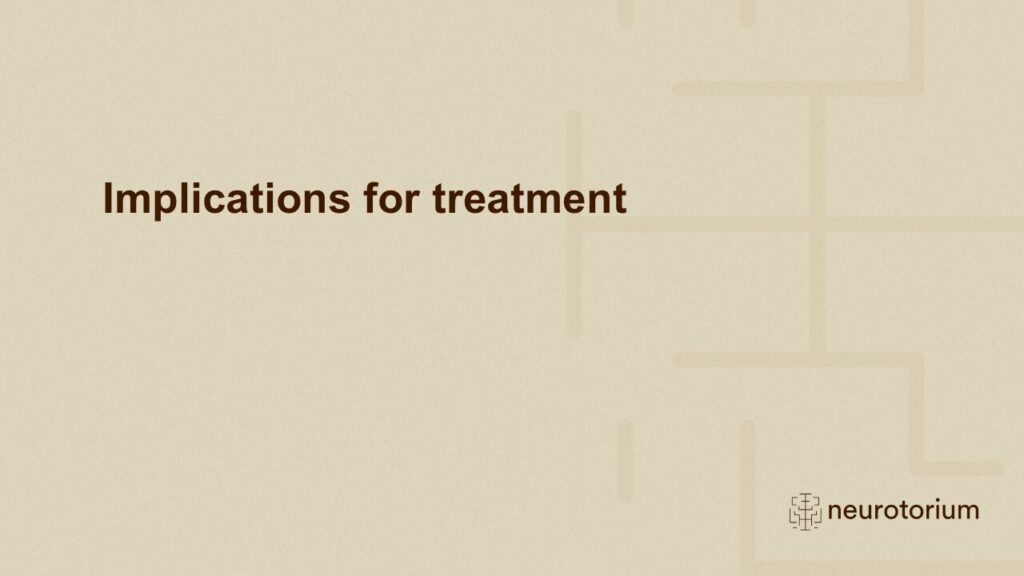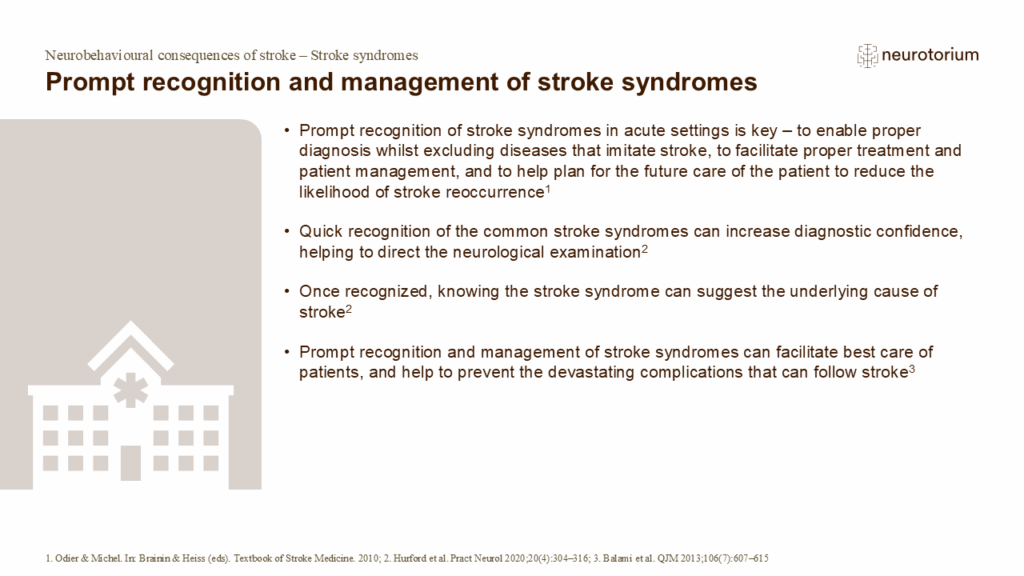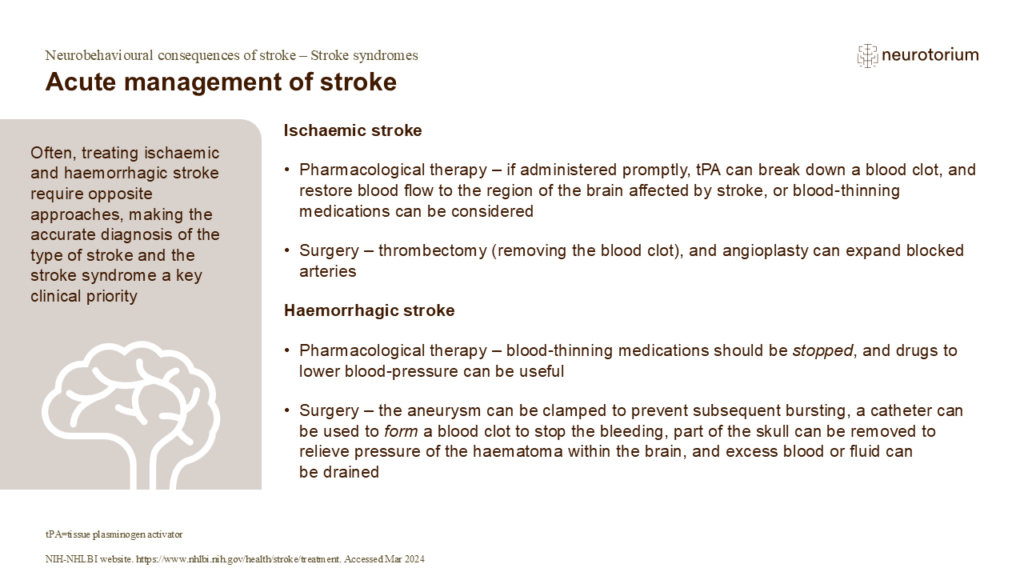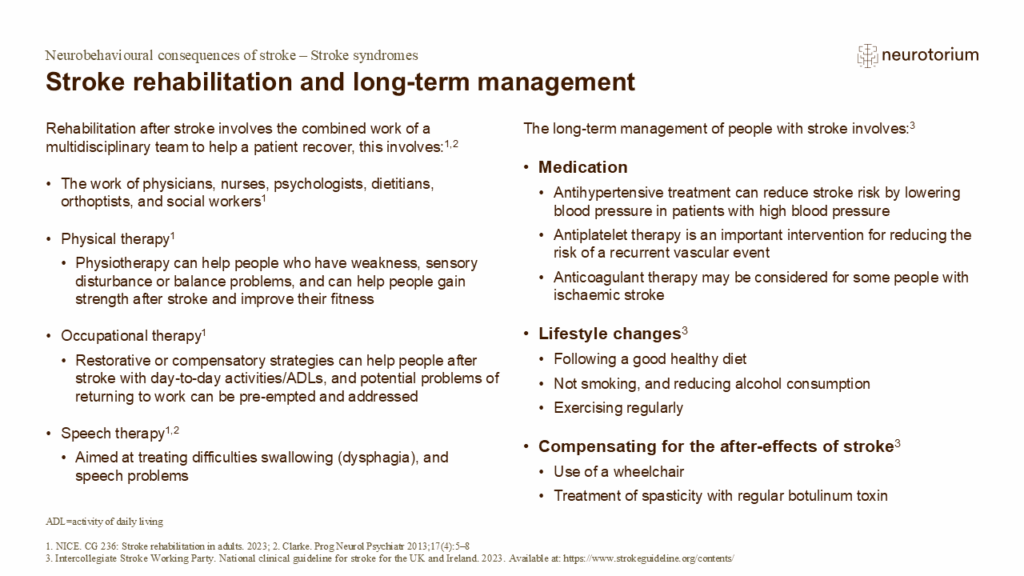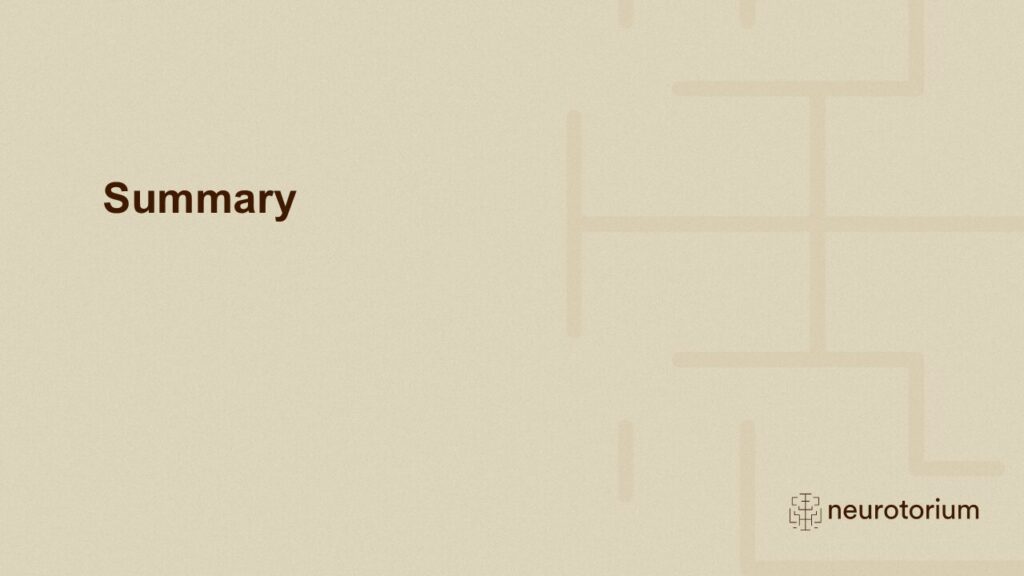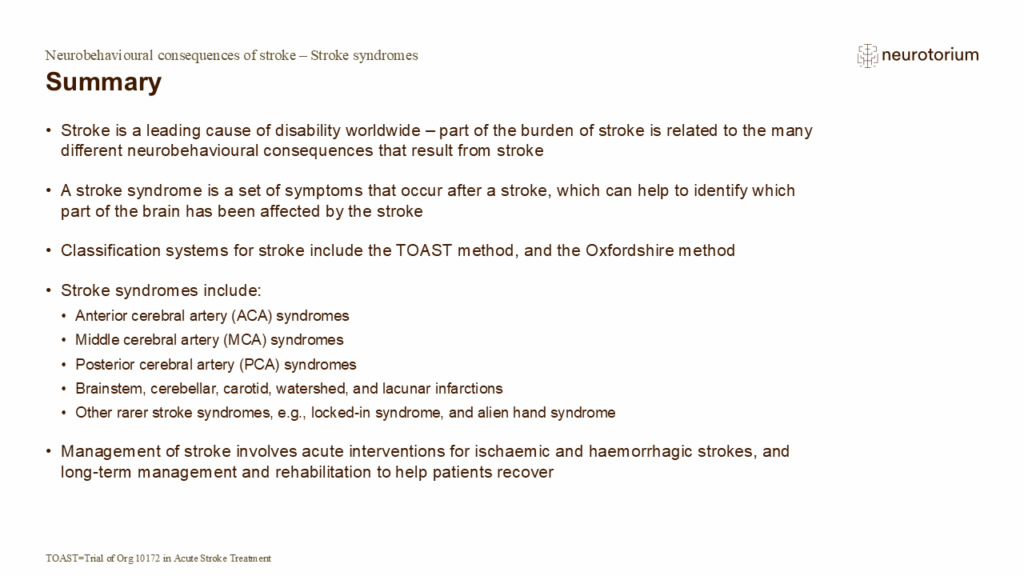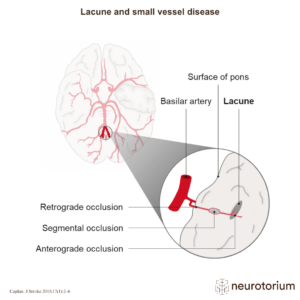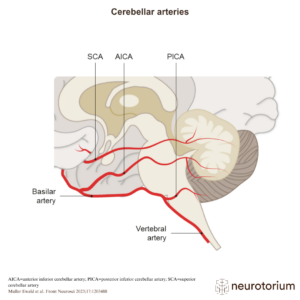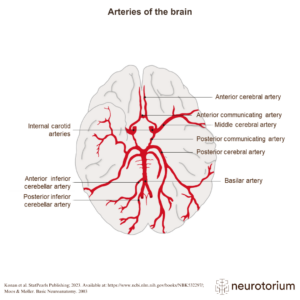Index for
slide deck
Neurobehavioural consequences of stroke - Stroke syndromes
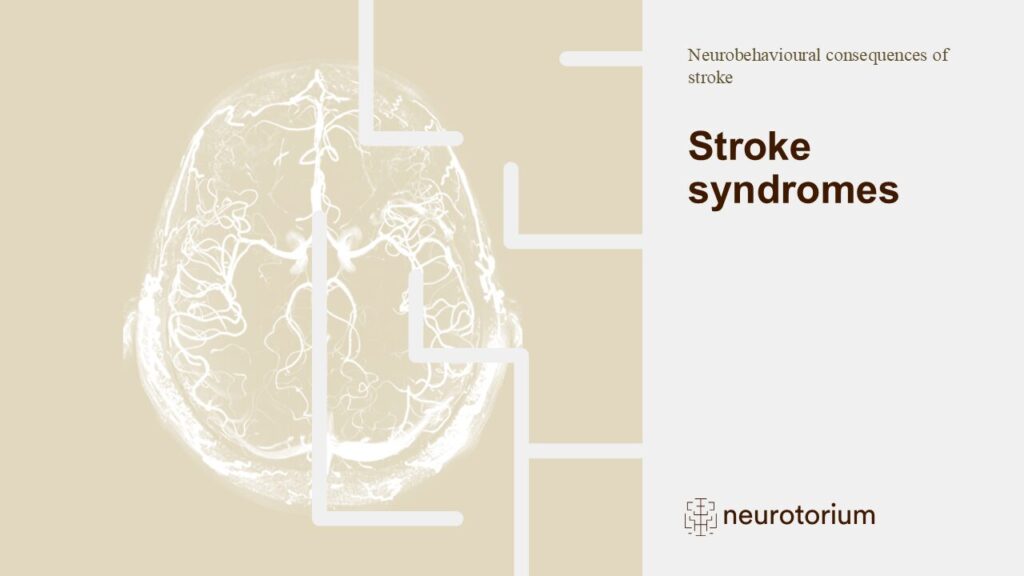
Neurobehavioural consequences of stroke - Stroke syndromes
Introduction
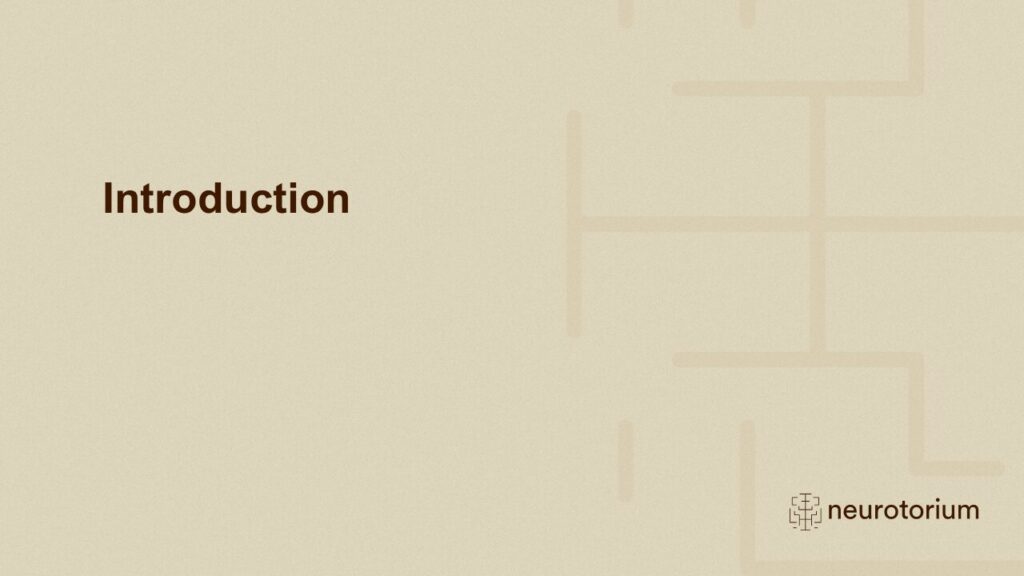
Introduction
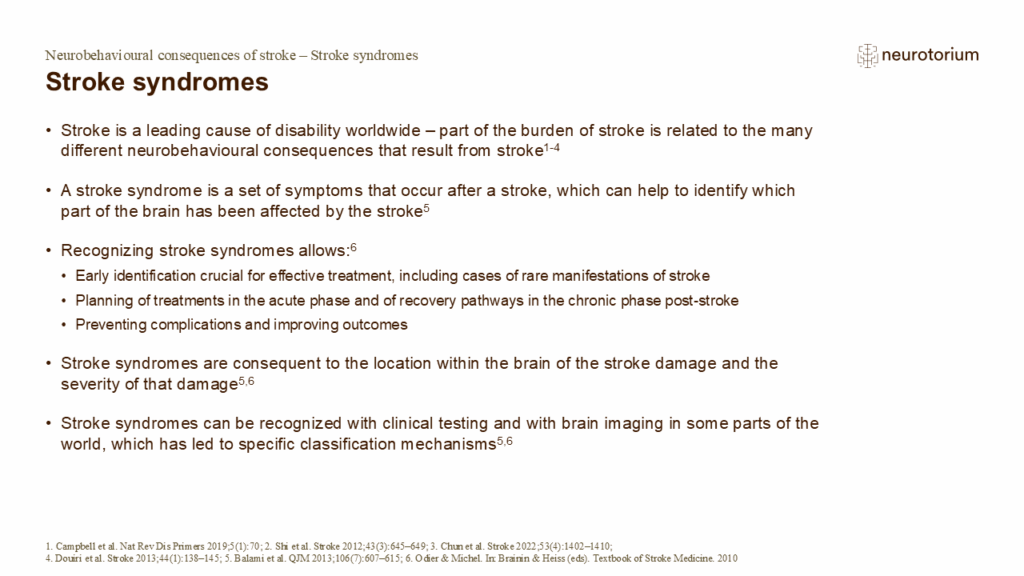
Stroke syndromes
Depending on the severity and the location within the brain of the stroke pathology,1 the damage caused by a stroke can lead to severe functional, sensory, and motor symptoms,1,6 as well as neurobehavioural consequences, including neuropsychiatric symptoms (depression, an…
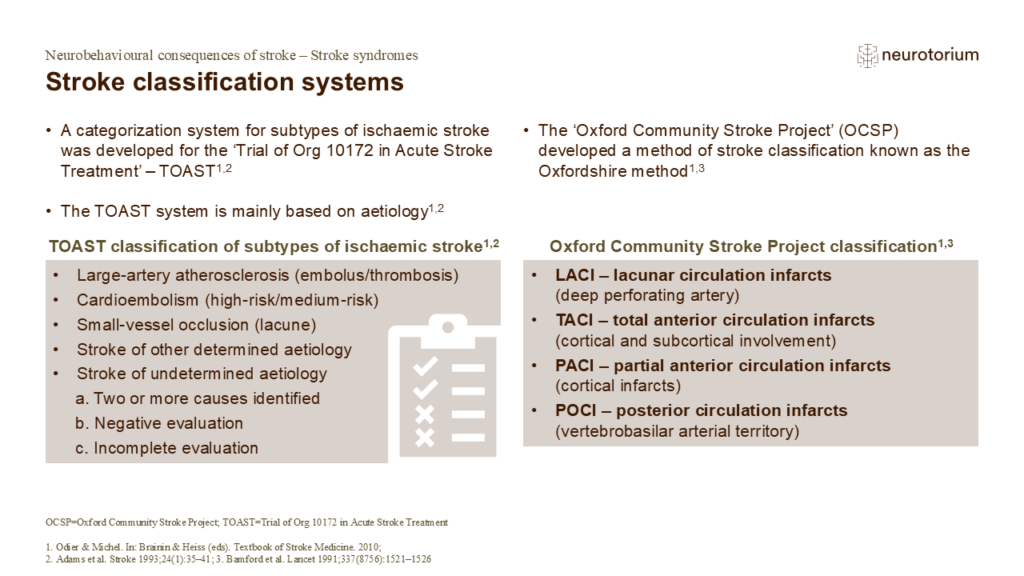
Stroke classification systems
Several stroke classification systems exist, such as the TOAST system and the Oxfordshire method outlined on the slide.3
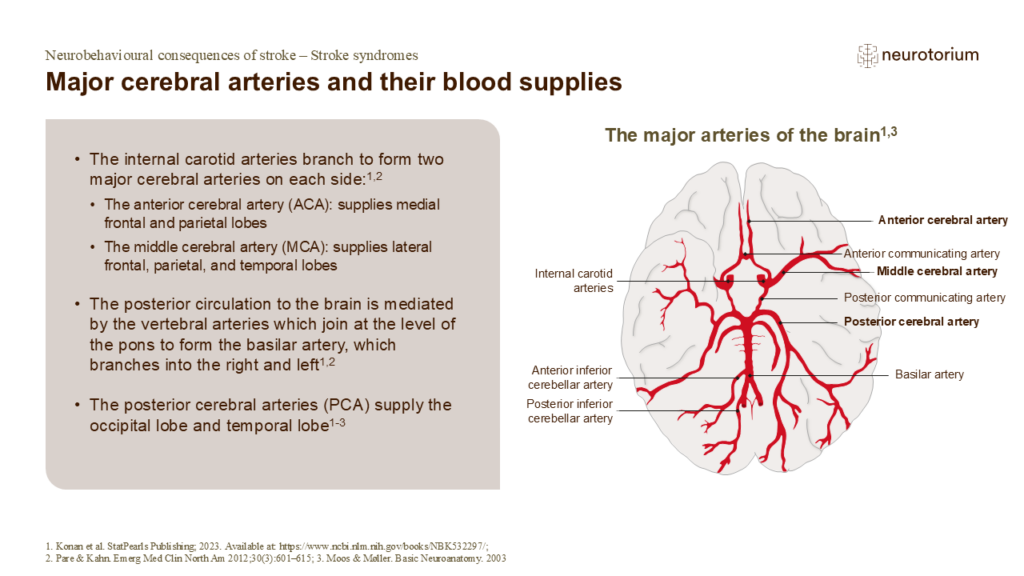
Major cerebral arteries and their blood supplies
The diagram on the slide shows how the blood supply of the brain is arranged.1,3 Blood enters the cerebral blood supply from the carotid and vertebral arteries.1 These main arteries interconnect via the central structure known as the ‘Circle of Willis’.1 Within the brain,…
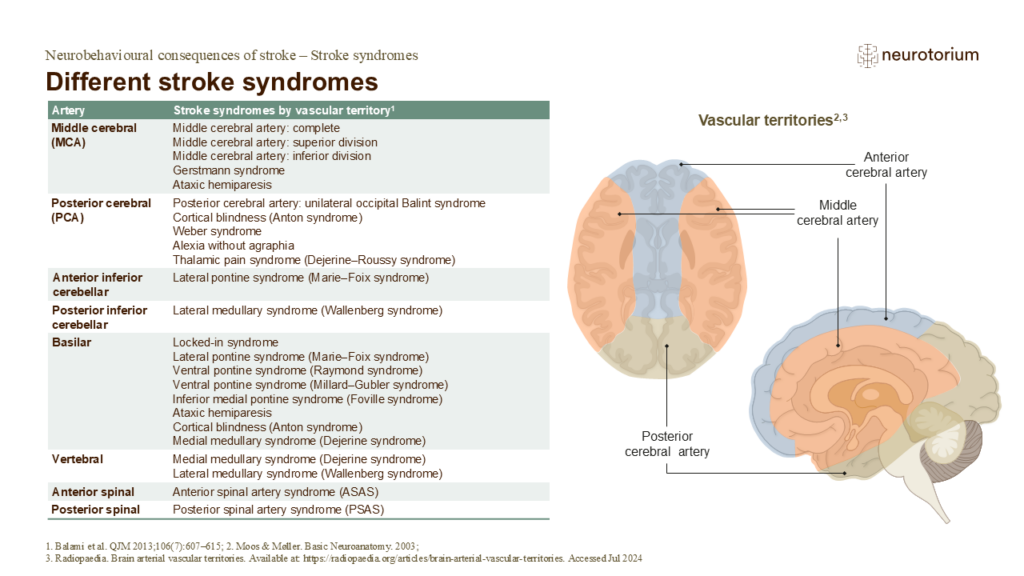
Different stroke syndromes
There are many well-described stroke syndromes, as outlined on the slide.1 Some stroke syndromes can be life-threatening, reinforcing the importance of clinicians recognizing and responding to stroke syndromes where they are present in the treatment of acute stroke.1
Refe…
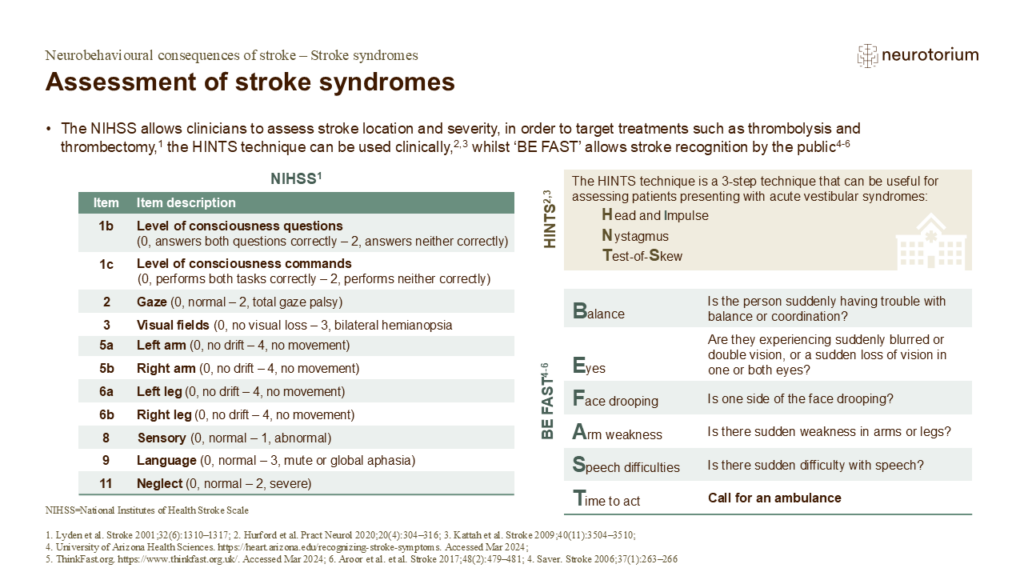
Assessment of stroke syndromes
The National Institutes of Health Stroke Scale (NIHSS) was developed in the 1980s and has been widely used and since modified into a more reliable form, the modified NIHSS.1,4,5 The NIHSS is designed to capture the severity of a stroke.1 BE FAST is an acronym developed to…
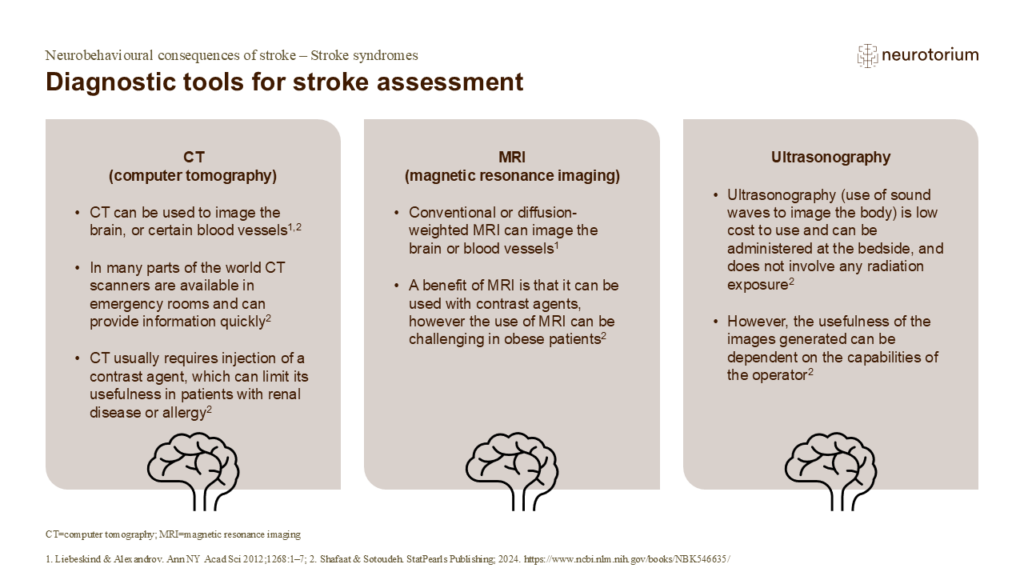
Diagnostic tools for stroke assessment
Where available throughout the world, stroke imaging techniques such as those outlined on the slide can be combined with patient history and symptom information to provide diagnostic clarity.1,2
References:
1. Liebeskind DS, Alexandrov AV. Advanced multimodal CT/MRI appro…
Ischaemic stroke syndromes
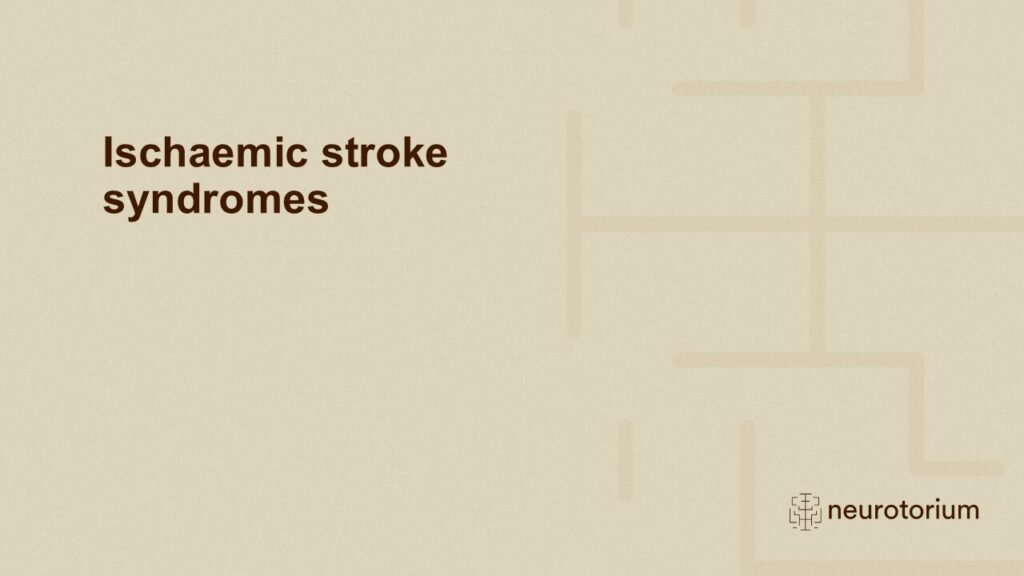
Ischaemic stroke syndromes
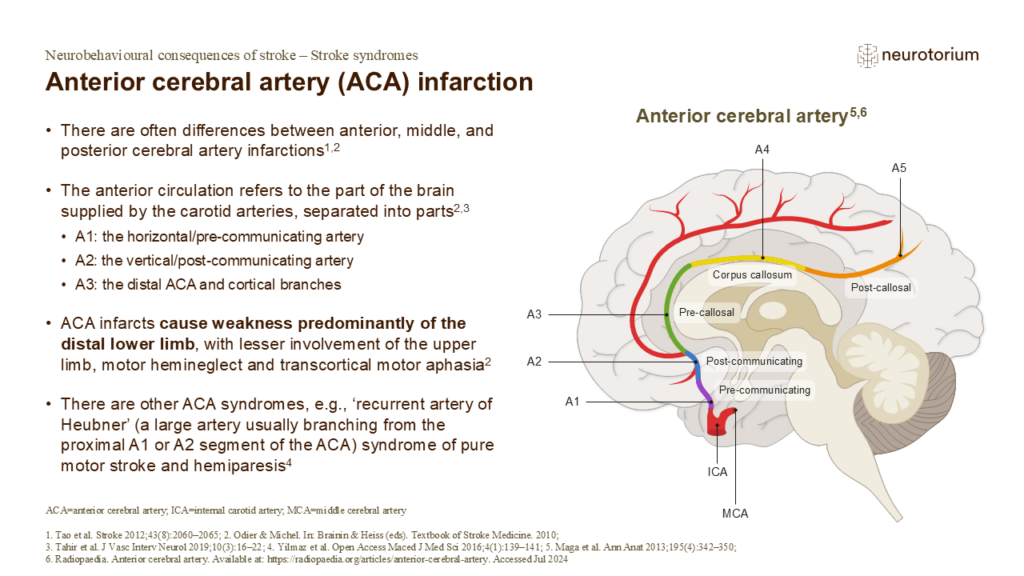
Anterior cerebral artery (ACA) infarction
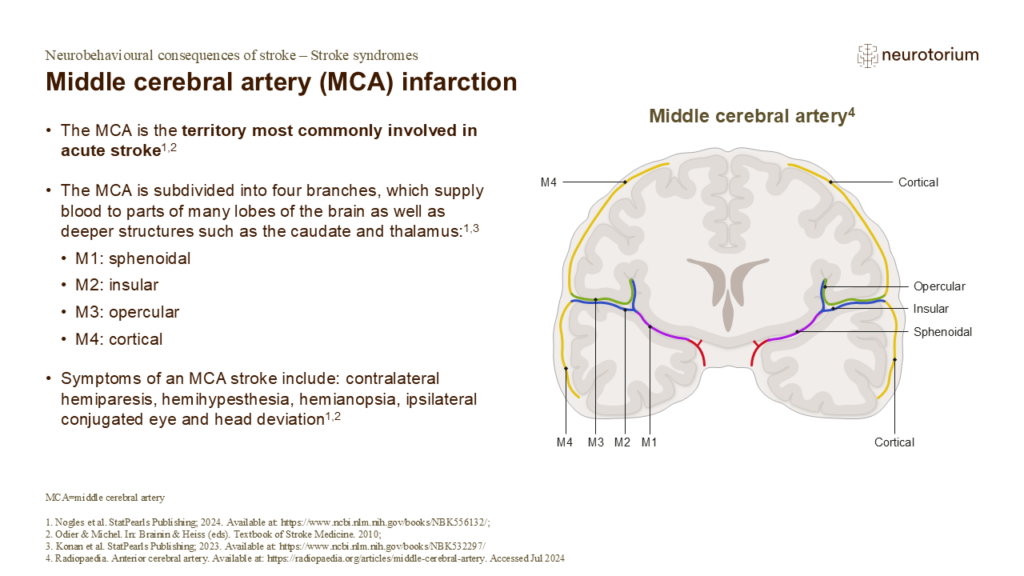
Middle cerebral artery (MCA) infarction
References:
1. Nogles TE, Galuska MA. Middle cerebral artery stroke. [Updated 2023]. In: StatPearls [Internet]. Treasure Island (FL): StatPearls Publishing; 2024 Available at: https://www.ncbi.nlm.nih.gov/books/NBK556132/.
2. Odier C, Michel P. Common stroke syndromes. In…
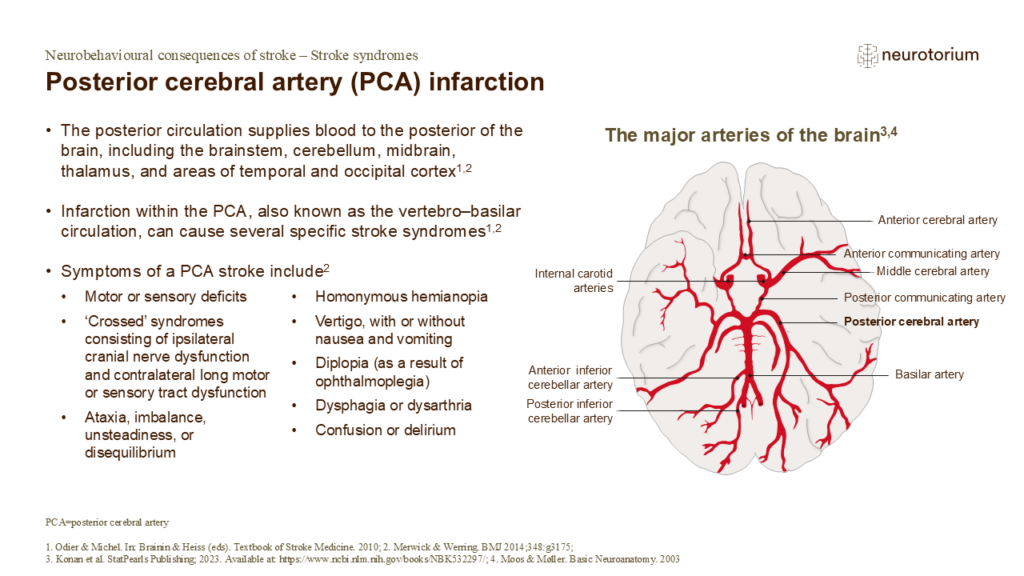
Posterior cerebral artery (PCA) infarction
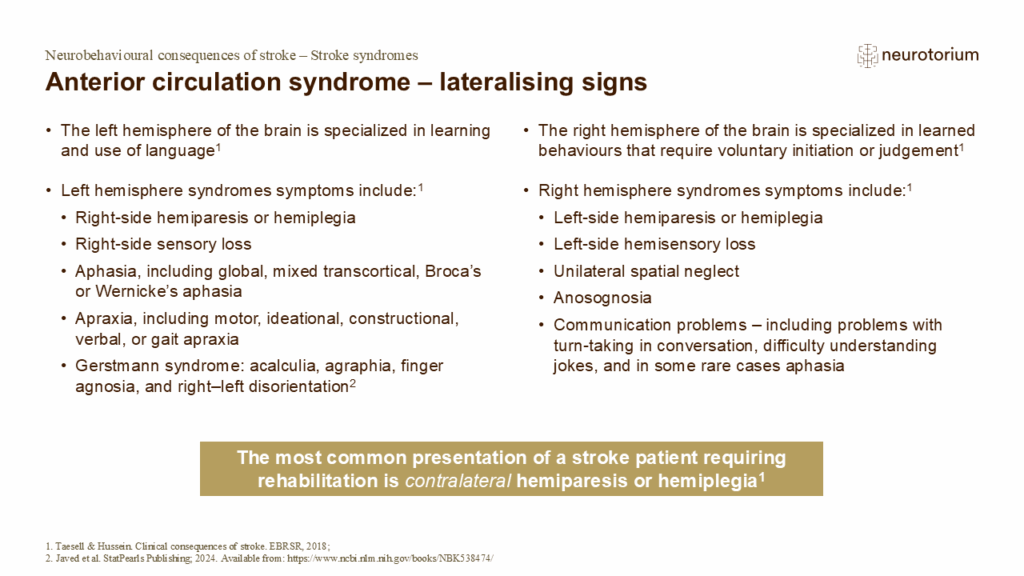
Anterior circulation syndrome – lateralising signs
References:
1. Taesell R, Hussein N. Clinical consequences of stroke. Evidence-Based Review of Stroke Rehabilitation. 2018. Available at: http://www.ebrsr.com/.
2. Javed K, Reddy V, Das JM. Neuroanatomy, posterior cerebral arteries. [Updated 2023 Aug 1]. In: StatPearls [I…

Agnosia
References:
1. Kumar A, Wroten M. Agnosia. [Updated 2023 Jan 30]. In: StatPearls [Internet]. Treasure Island (FL): StatPearls Publishing; 2024. Available at: https://www.ncbi.nlm.nih.gov/books/NBK493156/.
2. Intercollegiate Stroke Working Party. National clinical guidelin…
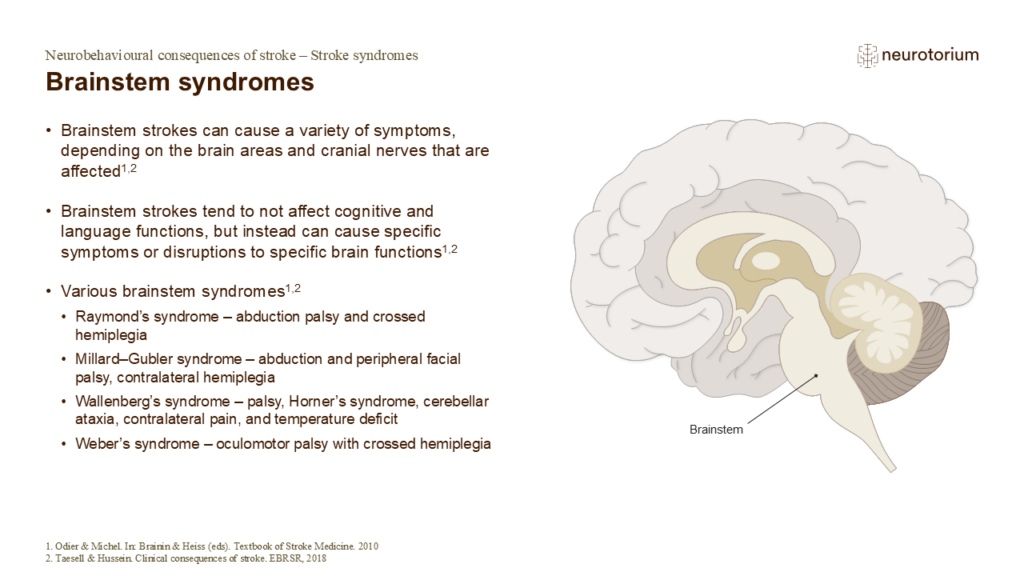
Brainstem syndromes
References:
1. Odier C, Michel P. Common stroke syndromes. In: Brainin M, Heiss WD (eds). Textbook of Stroke Medicine. Cambridge University Press, 2010. Pg. 121–134.
2. Taesell R, Hussein N. Clinical consequences of stroke. Evidence-Based Review of Stroke Rehabilitation. …
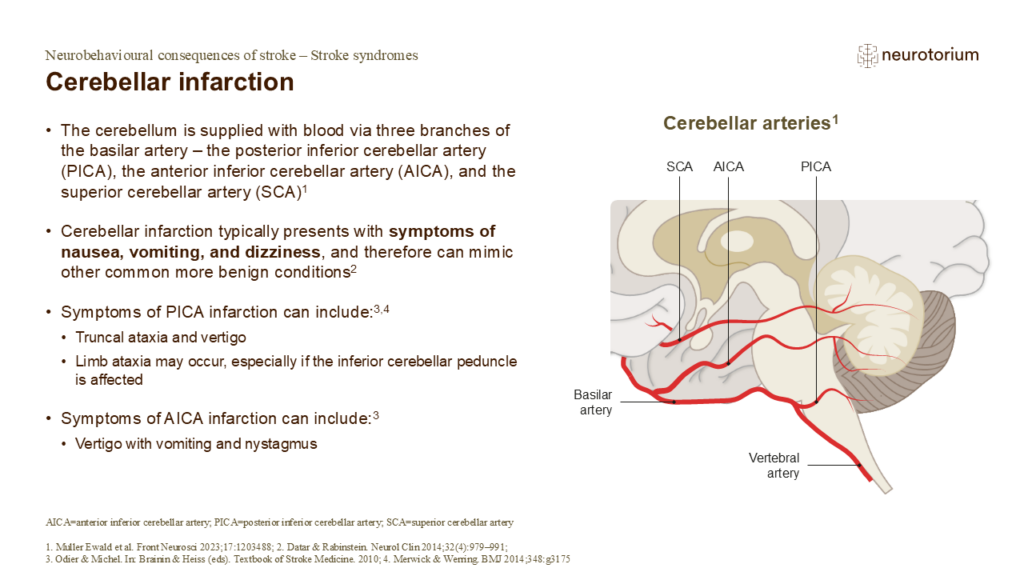
Cerebellar infarction
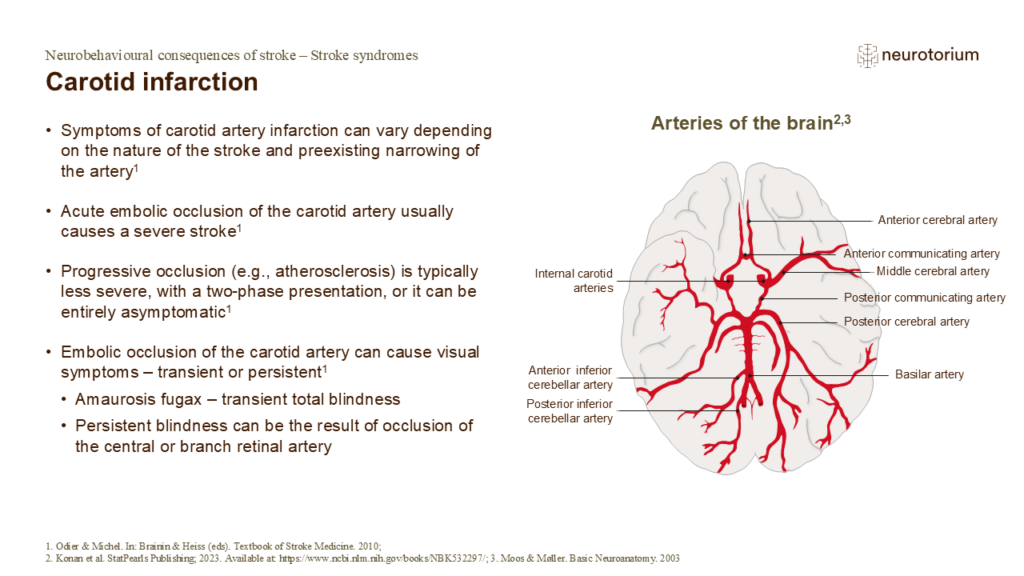
Carotid infarction
References:
1. Odier C, Michel P. Common stroke syndromes. In: Brainin M, Heiss WD (eds). Textbook of Stroke Medicine. Cambridge University Press, 2010. Pg. 121–134.
2. Konan LM, Reddy V, Mesfin FB. Neuroanatomy, cerebral blood supply. [Updated 2023 Jul 24]. In: StatPearl…
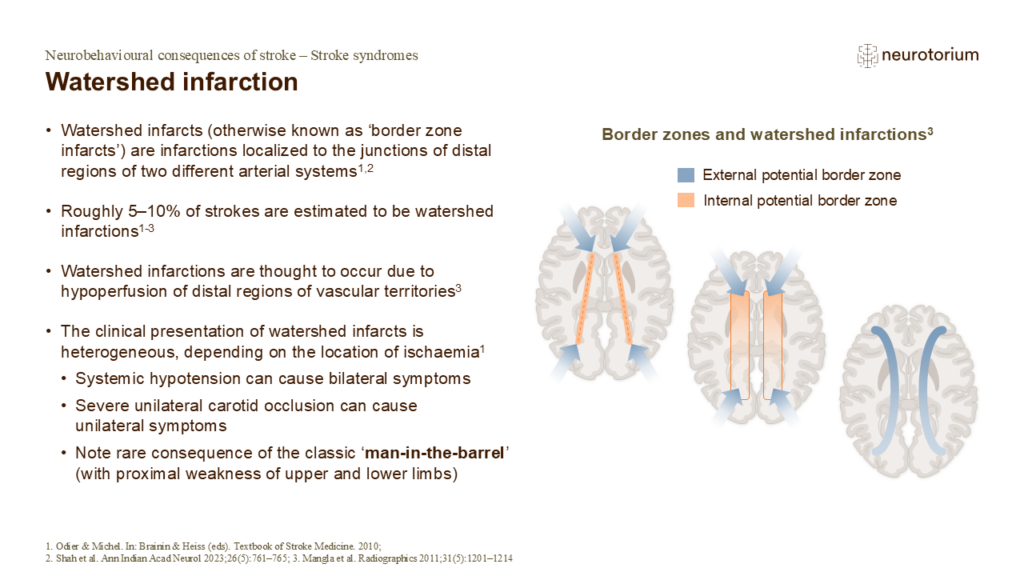
Watershed infarction
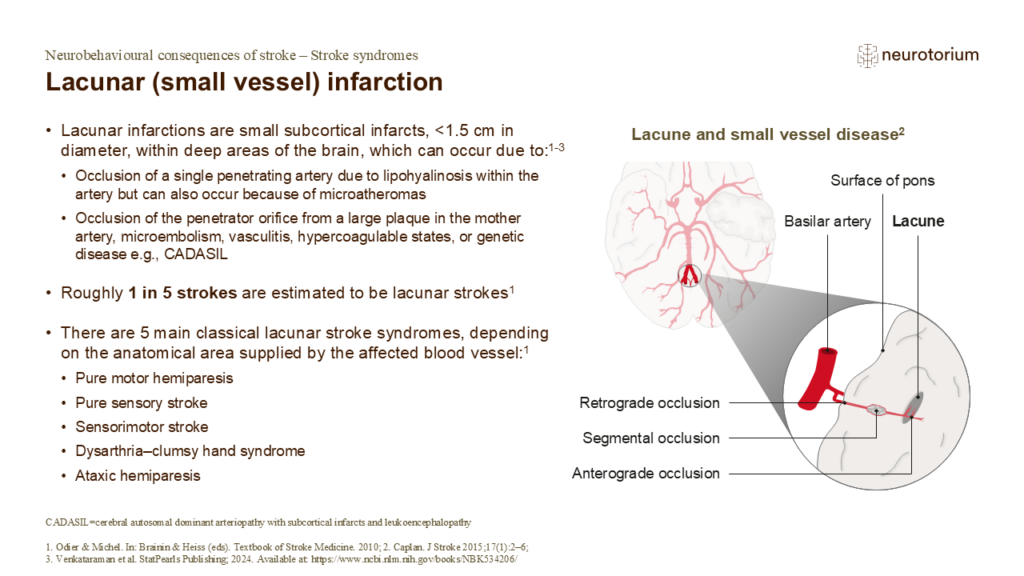
Lacunar (small vessel) infarction
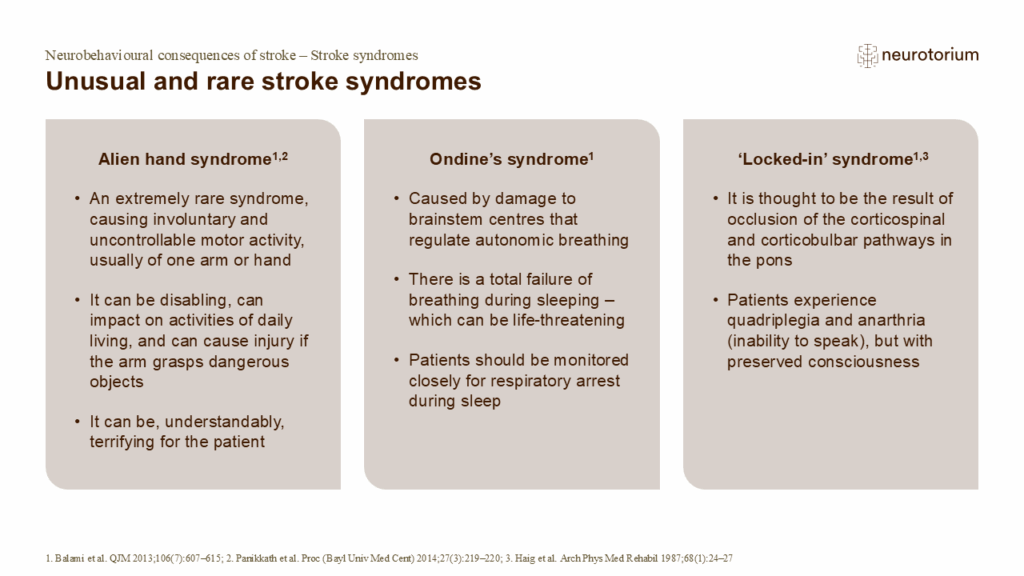
Unusual and rare stroke syndromes
There is, understandably, very little evidence to guide the treatment of rare stroke syndromes, such as those expanded on the slide.[Balami et al., 2013] Patient management starts with a pragmatic, common-sense approach, e.g., modifying the living environment of a patient…


